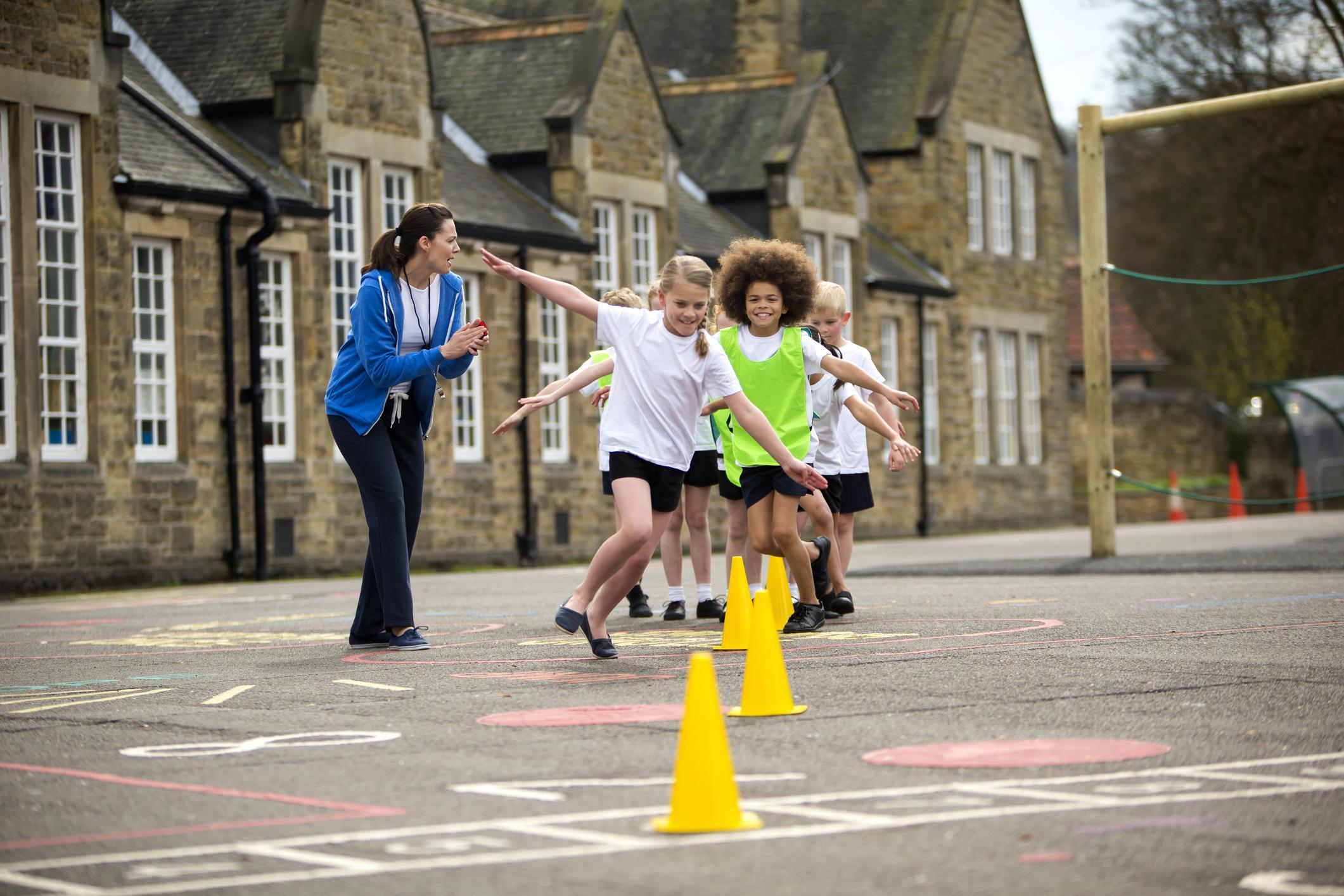Children should do exercise in maths and English lessons to boost grades, school leaders told
'Sitting down in class limits academic performance and negatively impacts on children's health'

Your support helps us to tell the story
From reproductive rights to climate change to Big Tech, The Independent is on the ground when the story is developing. Whether it's investigating the financials of Elon Musk's pro-Trump PAC or producing our latest documentary, 'The A Word', which shines a light on the American women fighting for reproductive rights, we know how important it is to parse out the facts from the messaging.
At such a critical moment in US history, we need reporters on the ground. Your donation allows us to keep sending journalists to speak to both sides of the story.
The Independent is trusted by Americans across the entire political spectrum. And unlike many other quality news outlets, we choose not to lock Americans out of our reporting and analysis with paywalls. We believe quality journalism should be available to everyone, paid for by those who can afford it.
Your support makes all the difference.Children should do exercise in maths and English lessons to help them learn better, headteachers are to be told.
Taking part in physical activity in class can help young people to retain facts and boost their academic results, according to Bryn Llewellyn, a former school leader from Yorkshire.
School leaders will debate a motion calling for “physically active learning” to be made an integral part of teaching at the National Association of Head Teachers (NAHT) conference in Liverpool.
Mr Llewellyn, who will lead the discussion this weekend, currently runs a programme which sees pupils play tag rugby-style games to help them to understand different areas of maths and English.
For example, students compete in teams to collect tags, and then work together to solve problems – such as times tables – using the tags they have collected.
A study into the scheme, conducted with Leeds Beckett University, found that pupils who took part in active lessons gained seven per cent more marks in maths than pupils in sitting-down lessons.
Mr Llewellyn said: “Traditional learning approaches limit educational creativity and academic performance, while also negatively impacting on physical activity and health. Physically active learning combines movement and learning.”
His comments come amid concerns about obesity levels among children. A recent report found four in five obese school children are likely to be dangerously overweight for life.
Mr Llewellyn added: “As teachers and leaders, we need to look at ways we can increase and embed creative opportunities for teaching and learning. Research shows that children who are physically fit are better at absorbing and retaining new information.”
He said: “Physically active learning approaches not only provide an enjoyable alternative to 'traditional' learning, but promote physical activity – crucial when we all face the increasing problem of sedentary lifestyles.”
He added: “There are amazing things going on in our schools, but far too often better practice, either consciously or subconsciously, is pushed aside due to the test-driven culture we operate under."
With additional reporting by PA
Join our commenting forum
Join thought-provoking conversations, follow other Independent readers and see their replies
Comments